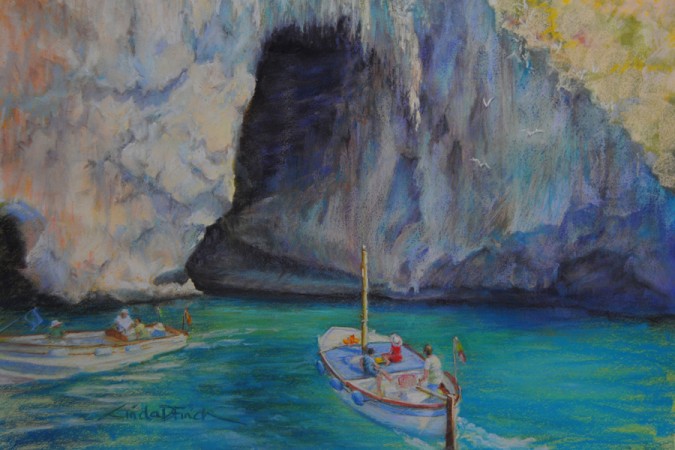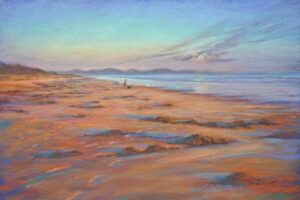Pastels are a unique and fun art medium to draw and paint with. There are five main types – soft, hard, pencil, oil, and pan pastels. You can use any or all of them to create different types of paintings, including wall art of animals, pastel prints of boats, beach art prints and others.
Pastels might seem easy to work with at first, but they do require practice and patience. Each pastel has its own pigment concentration and binding which can change the way an artist paints with them. It can be difficult to work with pastels, but it is certainly fun.
Here are 10 effective pastel drawing & painting tips that can help you create beautiful pastel artwork:
1. Choose A Subject To Paint
Before making arrangements to create a pastel painting, it is necessary to decide what you want to draw. Pastel art is most often inspired by real-world scenes, so you might want to pick a subject from the world around you. Above all, you will need a high-definition image of your subject.
The subject can be an individual, a still life image, an animal, a boat, a landscape, or anything else that you have seen. For example- if you want to create wall art of beaches, then ensure that you have a clear picture of the beach that you want to re-create and not just an image in your mind..
2. Select A Surface
Other than choosing the right pastels, you also need to select the right surface for your pastel painting. Like other painting papers, there are many types of pastel papers available in a range of colours. Above all though pay close attention to the paper’s texture.
If your intention is to apply multiple layers of pastel, then you might want to choose a paper with a coarse texture. On the other hand, a smooth surface offers you greater control with gradations of value, while medium textures work well when you require a varied number of layered applications.
3. Layer The Colours
Layering colours is one of the most vital elements of painting with pastels. It can make or break you as an artist. Layering results in a greater colour complexity that makes colours look more natural on a painting. You can give a print more depth and substance through layering.
4. Mix The Colours
Unlike most other types of painting where colours are mixed on a palette, with pastels the mixing of colours takes place on the actual painting surface. This is achieved by layering and blending the colours. Although there is a range of tools available to mix colours, the best tool you have is your own fingers. You can carefully use your fingers to mix and blend colours on the surface of your painting.
5. Pay Attention To Detail
Pay close attention to your painting from the beginning. It is necessary to address detail in all stages of drawing. You can start with a light sketch and at a later stage, large sections of colour can be applied.
6. Prepare A Mix Of Blended and Unblended Applications
One of the great things about pastels is that they can produce blended and unblended applications. However, it is not necessary to blend everything in your drawing. You need to create a balanced blend of both applications.
7. Work Quickly, But Be Patient
You can apply pastels quickly over a large area. This gives an artist the opportunity to develop large fields, while saving time for the later stages of a painting where he or she may need to pay more attention to some portions. This doesn’t mean you need to be in hurry all the time. Take your time with each step and make sure that everything is happening in a concise and methodical way.
8. Details With Pastel Pencil
When it comes to developing specific details, you can use pastel pencils. Pastel pencils give greater control and are easy to work with. They are consistent and effective, especially in the case of animal art prints.
9. Use Of Black Colour
Even if black is your favorite colour, use it sparingly. As black is such a strong and intense colour, it can make a picture appear unnatural and uninteresting. When it is necessary to add black to a painting, try mixing it with brown or blue colours – that might help achieve a satisfactory outcome.
10. Fixative
Although the use of a fixative is optional, you can apply it to ensure your finished pastels stick to the surface. One risk associated with fixative is that can sometimes it alter the tones of colours.
Conclusion
Now you know the procedure to create an attractive pastel painting. Decide on your subject, get a clear picture of it and start applying your pastels. Good luck!



